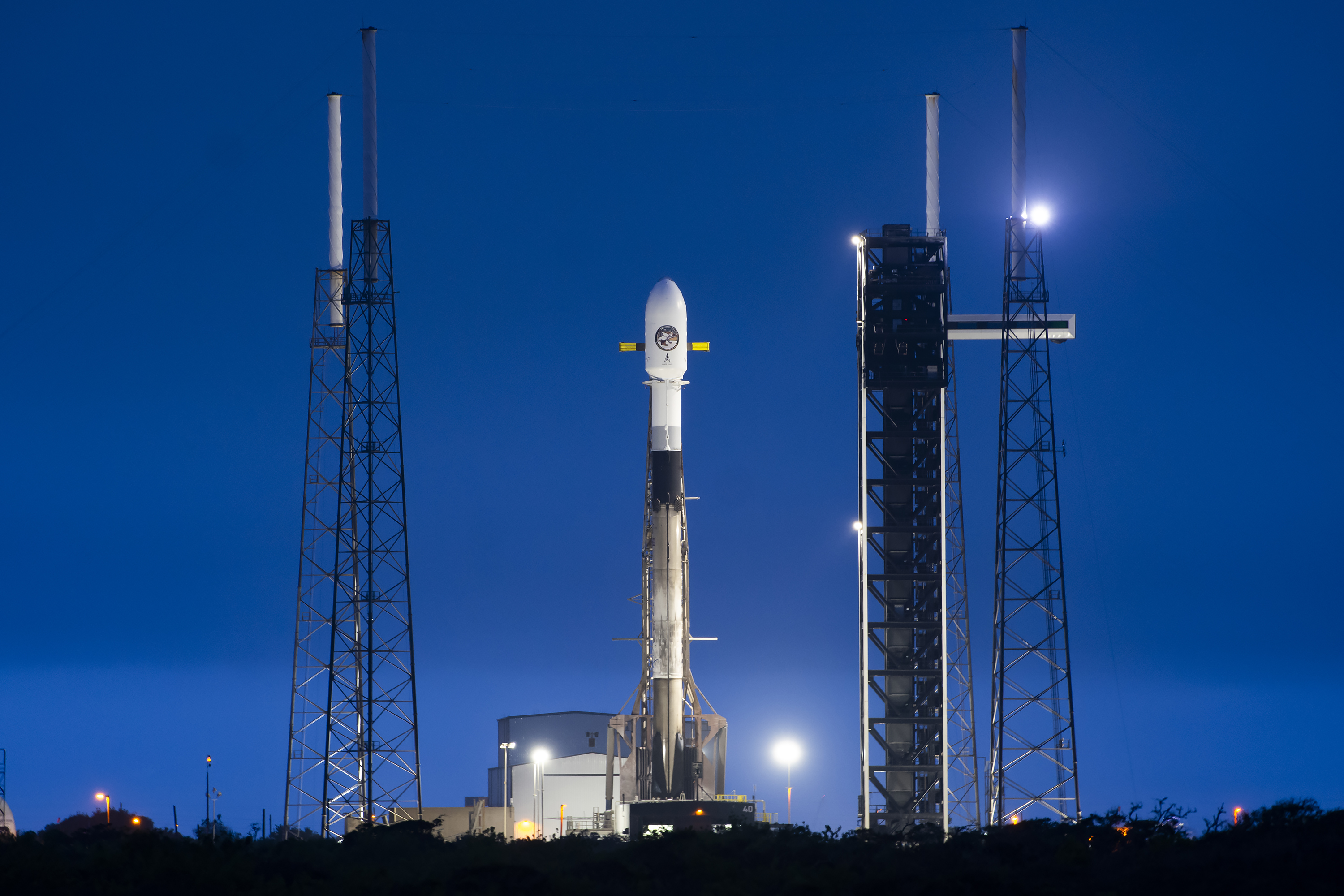Previous Spaceflight Launches
Filter by Agency, Locations or Vehicles
Show All LaunchesFalcon 9 Block 5 | Starlink Group 6-90
SpaceX | United States of AmericaCape Canaveral SFS, FL, USA
Dec. 11, 2025, 10:01 p.m.
Falcon 9 Block 5 | NROL-77
SpaceX | United States of AmericaCape Canaveral SFS, FL, USA
Dec. 9, 2025, 7:16 p.m.
Falcon 9 Block 5 | Starlink Group 6-92
SpaceX | United States of AmericaKennedy Space Center, FL, USA
Dec. 8, 2025, 10:26 p.m.
Falcon 9 Block 5 | Starlink Group 6-95
SpaceX | United States of AmericaCape Canaveral SFS, FL, USA
Dec. 2, 2025, 10:18 p.m.
Falcon 9 Block 5 | Starlink Group 6-86
SpaceX | United States of AmericaKennedy Space Center, FL, USA
Dec. 1, 2025, 7:44 a.m.
Falcon 9 Block 5 | Starlink Group 6-79
SpaceX | United States of AmericaCape Canaveral SFS, FL, USA
Nov. 22, 2025, 7:53 a.m.
Falcon 9 Block 5 | Starlink Group 6-78
SpaceX | United States of AmericaKennedy Space Center, FL, USA
Nov. 21, 2025, 3:39 a.m.
Falcon 9 Block 5 | Starlink Group 6-94
SpaceX | United States of AmericaCape Canaveral SFS, FL, USA
Nov. 19, 2025, 12:12 a.m.
Falcon 9 Block 5 | Starlink Group 6-85
SpaceX | United States of AmericaCape Canaveral SFS, FL, USA
Nov. 15, 2025, 6:44 a.m.
Falcon 9 Block 5 | Starlink Group 6-89
SpaceX | United States of AmericaKennedy Space Center, FL, USA
Nov. 15, 2025, 3:08 a.m.



